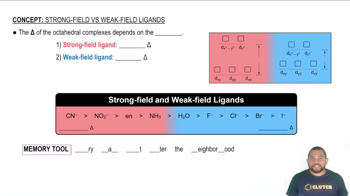Here are the essential concepts you must grasp in order to answer the question correctly.
Cathode Ray Tube
A cathode ray tube (CRT) is a vacuum tube containing one or more electron guns and a phosphorescent screen, used to display images. In Thomson's experiments, the CRT was essential for studying the behavior of cathode rays, which are streams of electrons. The deflection of these rays in electric and magnetic fields provided insights into their properties, leading to the discovery of the electron.
Recommended video:
Characteristics of Gamma Rays
Charge-to-Mass Ratio
The charge-to-mass ratio (e/m) of a particle is a fundamental property that describes how much electric charge a particle carries relative to its mass. In Thomson's experiments, he measured the deflection of cathode rays in electric fields to calculate this ratio for electrons. This measurement was crucial in establishing the electron as a subatomic particle with specific characteristics.
Recommended video:
Deflection in Electric Fields
Deflection in electric fields occurs when charged particles, such as electrons, experience a force due to an electric field. The direction and magnitude of this deflection depend on the charge of the particle and the strength of the electric field. Thomson utilized this principle to determine the charge-to-mass ratio of electrons by observing how much the cathode rays were deflected when subjected to known electric fields.
Recommended video:
Strong-Field Ligands result in a large Δ and Weak-Field Ligands result in a small Δ.



